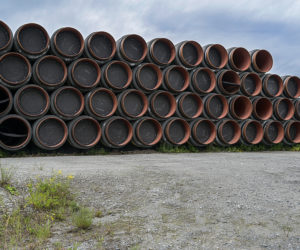
Sorry, your browser is not compatible with this application. Please use the latest version of Google Chrome, Mozilla Firefox, Microsoft Edge or Safari.
Carbon Dioxide Pipelines: Safety Issues
Carbon dioxide (CO2) pipelines are essential components of carbon capture and storage (CCS) systems which are proposed to reduce atmospheric emissions of man-made CO2, a greenhouse gas. Pipelines are needed to transport the CO2 from where it is captured (e.g., power plants) to the underground geologic formations where it can be stored.
Approximately 5,000 miles of pipeline already carry CO2 in the United States, primarily linking natural CO2 sources to aging oil fields where the CO2 is used for enhanced oil recovery. However, a much more expansive CO2 pipeline network could be needed for CCS to meet national goals for greenhouse gas reduction. One recent study suggests that such a network could total some 66,000 miles of pipeline by 2050, requiring some $170 billion in new capital investment. Because CO2 in high concentrations can be hazardous to human health, building out a national CO2 pipeline network raises safety issues which may affect nearby communities and may hinder CCS deployment.

| Format: |
|
| Topics: | |
| Website: | Visit Publisher Website |
| Publisher: | Congressional Research Service |
| Published: | June 3, 2022 |
| License: | Public Domain |
Featured Content

Contact Publisher


Claim Content





